"Golf keeps me strong minded "- Elise Deschaine, 15 year old freshman at Central Catholic, who will compete at the Drive, Chip and Putt contest at the 2018 Masters!
Eastmoreland 100 is proud to present to you our favorite daughter, Elise Deschaine. She is one of the top junior golfers in Oregon, 2017 OGA tournament of champions winner, freshman on the Central Catholic girls golf team, and.... wait for it... a finalist for the Drive, Chip & Putt hosted by The Masters at Augusta National Golf Course!
Not only did Elise earned her entire family an expenses paid trip to the hottest ticket in pro golf, she will get to make putts on the 18th hole! According to Elise, she's most excited for this opportunity because "so many champion golfers putted on this green." As Elise adds her name to this legendary list on golf's hallowed ground, we are delighted to share that Eastmoreland is where it all began. Here is Elise's story: "I first started golfing with my Dad at Eastmoreland driving range when I was 10 years old."
Rob and Clark Cumpston have long supported junior golfers... though often the best way to encourage junior golfers is make it welcoming for parents and their kids. Ronny Deschaine, Elise's Dad grew up skateboarding with only some experience golfing here and there. As he got older, and no doubt with many a busted knee or bruised arm he found himself at the local golf range like many other sports minded adults who need to discover a new passion - without the toll on the body.
Ronny enjoyed going to the driving range just to hit balls after school and work for "Daddy Daughter time." Elise didn't like golf at all because she "was freezing" going to the golf course in March when the temperature is in the 40's. Elise was very frustrated with golf because she couldn't hit the ball (welcome to the club and read about the how these struggles date back to the very start of the course and that players-should-approach-golf-with-philosophy-1922.html) She thought that "this sport isn't for me" but she kept coming back (hat tip to Daddy Daughter time) getting better each day and soon enrolled with the 1st Tee of Portland at The Children's Course. First I thought "this sport isn't for me, I can't even hit the ball!"Elise's first took lessons with Eastmoreland local pro Michael Charles. She made a connection with longtime pro and champion junior golfer in his day, Ray Comella. Ray invited her to join the Eastmoreland PGA Junior team and this is when Elise's game jumped up a level. The PGA Junior events match up players in local competitions paired with a teammate, similar to how we set up Four-ball games in our weekly Sunday match. She learned how to control her mind to execute delicate short shots on the challenging Eastmoreland greens. Elise couldn't ask for a better mentor. Ray Comella learned the short game for the local master Benny Hughes, UofO golfer from 1938 and City Champion. Ray, in turn, imparted this sage wisdom to Elise. Having a great short game is essential in golf, and no more so than Eastmoreland, which also requires players to deal with unforgiving lies and think creatively. No surprise that she's looking forward to the Chipping portion of the competition the most. Like a young jedi we can imagine the timeless advice of Ray Comella and Benny Hughes whispering in her ear as she approaches the green of Augusta National. She will also be able to lean on her mom, Jasmine and dad, Ronny. Most of her golfing practice is spent with her dad close by and his game has improved as he listened in to the lessons. Together they would challenge one another to competitions, like closest to the pin, and putting contests. They would work on the same new shots together. This made Elise's goal of beating her Dad a bit more challenging as he improved from a GHIN 12 handicap all the way to a 6. Though Elise has recently jumped a step ahead with a GHIN rating of 4! What is the "Drive Chip & Putt" and how did you qualify?Drive, Chip and Putt is an event pioneered by the The Masters in partnership with the USGA and PGA that focuses on the key fundamentals of the game. Players compete in three seperate competitoong:
Below are some photos by Elise's mom Jasmine Deschaine from the Regional Qualifier in the Olympic Club in San Francisco. Note how Elise placed second in both the Drive and Chip portion of the competition with 3 shots behind the leaders. Her flatstick helped confirm the adage "putt for dough" as she pulled ahead by the slimmest of margins with a single point better than the runner-up. she quite literally won this competition by just inches. Golf Channel and local TV stations flock to interview the Eastmoreland's champion entry into the 2018 Masters
"I'm just honored to make it to the final group" says Elise to the TV newscasters of KGW who interview our local entry to the Masters. For those that read this and are not aware, going to Augusta to compete really is a huge honor. There are many touring PGA professionals who competed in the Drive Chip and Putt when they were juniors. Simply the ability to be a competitor and meet the Pro's will do immeasurably benefit to Elise as she continues on with competitive golf. As she says, she values golf because "you have to be strong minded."
"I like setting goals for myself and in golf you are constantly doing that to get better."
Below are some photos from Elise's day with the Golf Channel as they toured Eastmoreland and played golf. Elise talks about how she is inspired by Lexi Thompson and participated in a golf clinic with Tiger Woods. She's already ready for primetime with her poise in the interview.
Everyone at Eastmoreland will be cheering for our favorite daughter at The Masters' Drive Chip and Putt. While we may not be up at 4am to watch the event live, we will be sure to have a watch party when it the airs in the West Coast! See the Golf Channel Interview: Deschaine's Drive, Chip and Putt motivation, beating her dadBuild a butterfly garden to attract "the flowers that fly and all but sing"What earthly creature best captures the beauty and magic of each precious moment of life? Why the butterfly of course : ) Even the hardest of hearts will pause in joyful awe when the butterfly flutters and dances across the Eastmoreland municipal links even if, as humorist P.G. Wodehouse once joked, the golfer "missed a short putt because of the uproar of the butterflies in the adjoining meadow." Every golfer I know at Eastmoreland will fondly welcome the approaching butterfly with a childlike wish that the butterfly would land on his hat, or perch on her driver, even for just a moment, as luck and fortune of incredible golf shots might soon follow. And so it comes as a stroke of luck that Eastmoreland golf superintendent and caretaker Kathy Hauff decided to build a butterfly garden to attract "the flowers that fly and all but sing." Grow butterflies? Yes, you see a butterfly garden involves planting native plants and flowers that will attract adult butterflies to lay eggs, provide the right plant nutrients for the young caterpillars and eventually the right type of plants for cocoons to be formed and mature. Each of the plants that are best suited for these roles typically live in close proximity, though with so much interference from humans, much of that natural habitat and perfect combination The project began as part of Kathy effort to obtain Audubon certification for Eastmoreland Golf Course in 2016. She had already participated in the Johnson Creek Watershed reclamation for the Salmon and would leverage bird lover and men's club golfer Jan Knott for birdhouse cleaning. The Butterfly garden was one of the other key volunteer projects and she helped scope the project location near the 10th tee by the clubhouse. Kathy begins by asking for volunteers from the women's club. Two longtime members Bonnie Freistone and Donna Lindell volunteered. I remember meeting with Kathy on one of the volunteer days as they tore out weeds and arranged rock on a rainy Portland afternoon. The following is an interview conducted by women's club leader and Eastmoreland 100 project volunteer Patsy Pitts. Butterfly Garden - Thoughts from Bonnie Freistone and Donna Lindell>>>> How did you first get involved in this project? Kathy Hauff, the golf course superintendent asked members of the women's club for volunteers. We thought at first was supposed to be a Hummingbird project and it turned into a butterfly garden. We enjoy working in the yard and gardens so we marked one day a week to help with construction. >>>> Were you involved in an of the design aspects of this project? Yes. Kathy showed us the spot alongside the 10th tee. She planned to use a ton of recycled rock from another public course and she would start hauling it over to us and place it where we thought it should be. We had no idea how big the rock was or how much material would be provided. So Donna and I drew out a design to begin. We changed it a little over time as we saw how much rock and boulders were brought in. >>>> What was your favorite part? Being creative while the garden was a work in progress. Because we did not know what was in the next load, we would just rely on our imagination as to how we thought the spot would turn out. We also enjoyed all the golfer comments as they saw us working taking the weeds away, rock come in, make make something new. >>>> Did your background in any other garden projects help you in any way? Just a bit from what we had both done in rock and garden projects in our private homes. >>>> On a personal level, what are your favorite views, holes, shots, or rounds at Eastmoreland? Holes 12 and 17 are favorites because of the gardens and water, but in the spring with the blossoms and then the maple trees bloom there is not a prettier course to play in Oregon. I have many good and poor scoring rounds on the course, but I keep coming back after playing there for twenty years. The ladies group is special with players that I feel I have grown up with. I think when we all started we were in the high twenty and thirty handicaps. The course is tough but the saying with many golfers that play here are " If you can play Eastmoreland you can play anywhere!!" >>>> As we celebrate the first 100 years, and look forward to the next 100, what do you think makes Eastmoreland so special? The trees and that it is still the true "Old style course.” The location is easy to get to from any part of time, parking good, and staff at club house is great. With the rock garden construction complete, the volunteers planted local fauna donated by Jan & Diantha Knott and loved by butterfliesOur local wildlife expert Jan Knott who was recruited to help with the bird houses also provided some guidance and advice to Kathy and the butterfly garden volunteers. He pointed the team to the Xerces Society dedicated to invertebrate (insect) preservation. According to Jan, most birds love bugs, and so he and his bird loving peers will also pay mind the restoring natural flora that help attract the bugs that keep the ecosystem healthy. Just note, we are not growing "the flying flowers" for bird consumption, as butterflies are poisonous, a result of their milkweed diet and advertise this to birds in bright colors. In the photo above you see a variety of wild flowers - here's a quick rundown of all the plants he and his wife collected and donated. The plants my wife and I planted were: Weigela - red flowers in summer (attracts hummingbirds and butterflies) Cape Fuscia (Phygelius) - orange flower spikes in summer. Echinacea - look like daisies Portulaca - low growing succulents with colorful flowers Helianthemum - called sunrose I wish there were more places to place flowering plants. Unfortunately they take more maintenance than other areas of the course. The bees were all over the flowers last summer and they should be back this year. Probably not enough flower mass for many butterflies but we can hope. Anna's hummingbirds were around the hedge too and they should still be around. To learn more about butterflies, I suggest the readers visit the Elkton Butterfly Garden in southwest Oregon, which I happen to drive pass every year on our annual pilgrimage to Bandon Dunes. You'll learn the story of Carol Beckley, a retired teacher with a passion for mentoring young people, cultivating native plants and promoting the town of Elkton. As the ECEC describes above, the monarch butterflies that we would delight us all as children on warm summer days are at great risk. The population is decreased by 90% in just the last 30 years. Imagine a summer without the joyful dance of butterflies? This is why we as a community volunteer to preserve the habitat and help give back to the gifts of nature. And while I wax poetically about the blissful butterfly, you may be surprised to discover that the Monarch butterfly completes a arduous journey across multiple generations from the mountains in central Mexico all the way up to the great plains of Canada and back down to Mexico. The last generation born in Canada and the NW (like here in Oregon) will then make a final flight home some 3000 miles long back to Mexico, an instinctual journey that scientists have yet to understand just how this last generation of Monarchs even know how to return to their ancestral winter home in Mexico. Yes, you read that right! The Monarch butterfly that typically lives but a few short weeks, will in it's last generation of the season - travel all the way south to Mexico, to survive the winter and then start the cycle anew in the spring. Take a look below at some golf balls many of the Women's Club members may remember. THese pastel golf balls hit the market in 1990 from Tommy Armor and I recall them standing out more than any other brand at the time. Women's balls actually have more differences than just brand and color. The compression is usually lower to account for different swing speeds. The covers as a result are often harder to counteract the balls compression and prevent cuts and damage from regular play. I thought I would complete this post with the blast from the past that many long time players will remember.
|
|
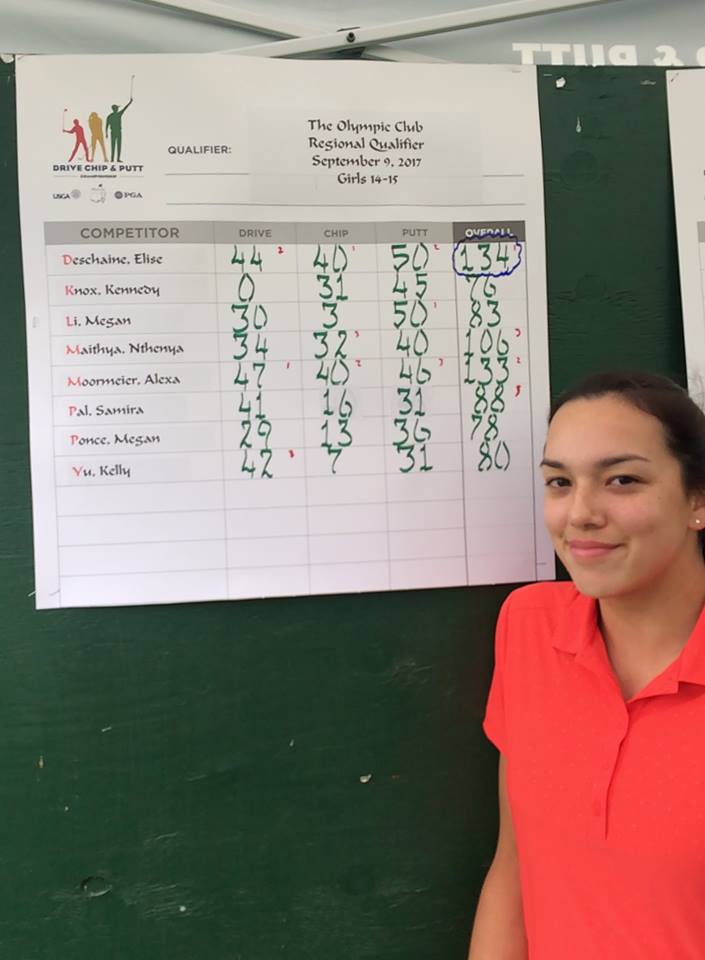
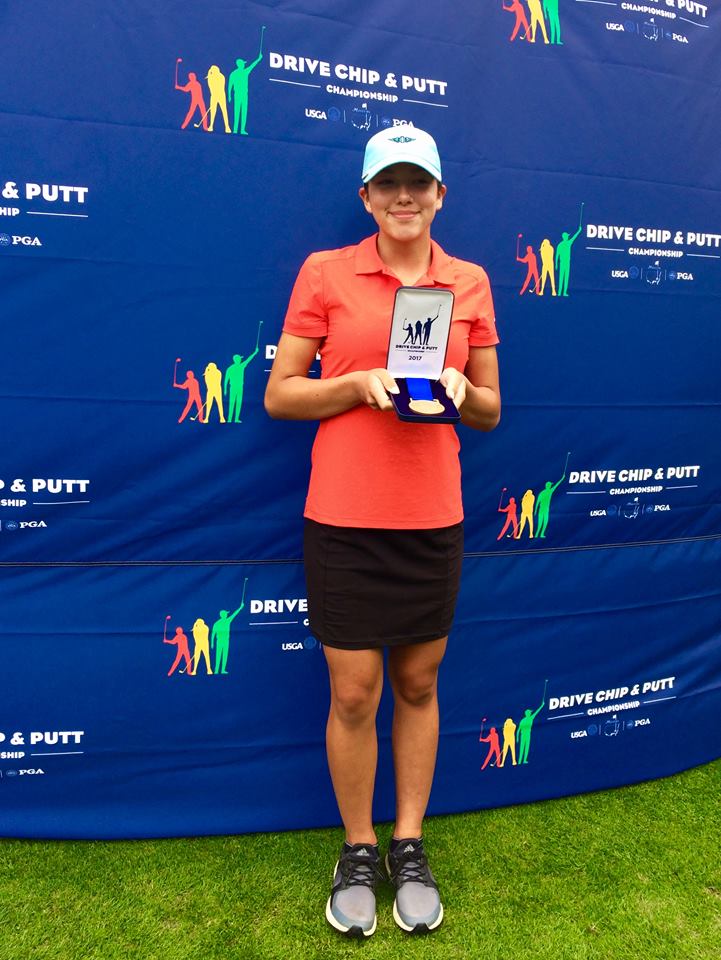
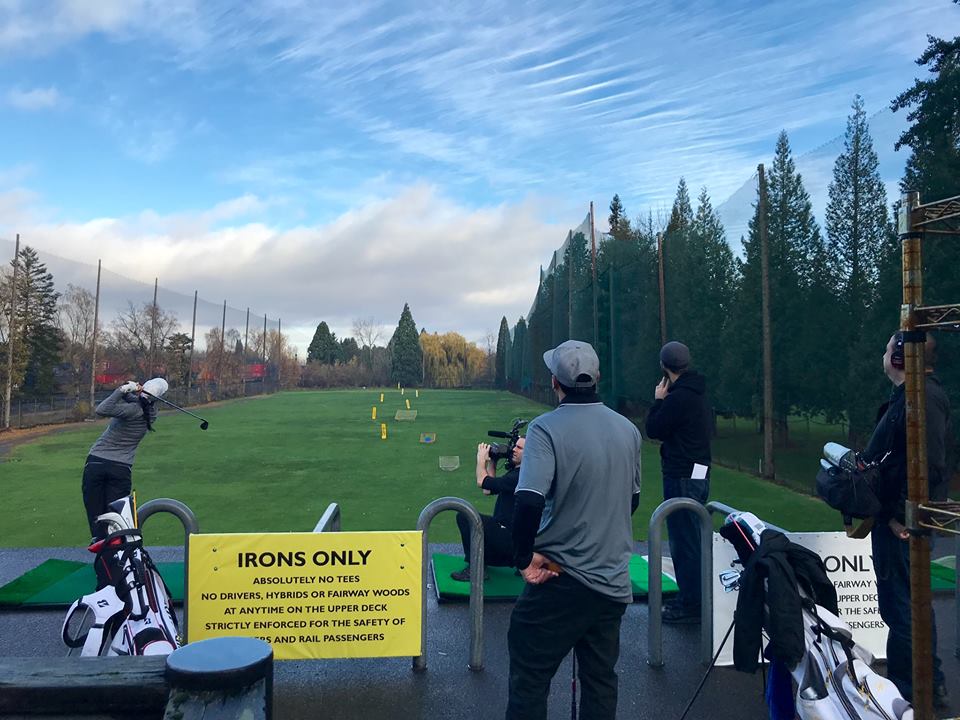

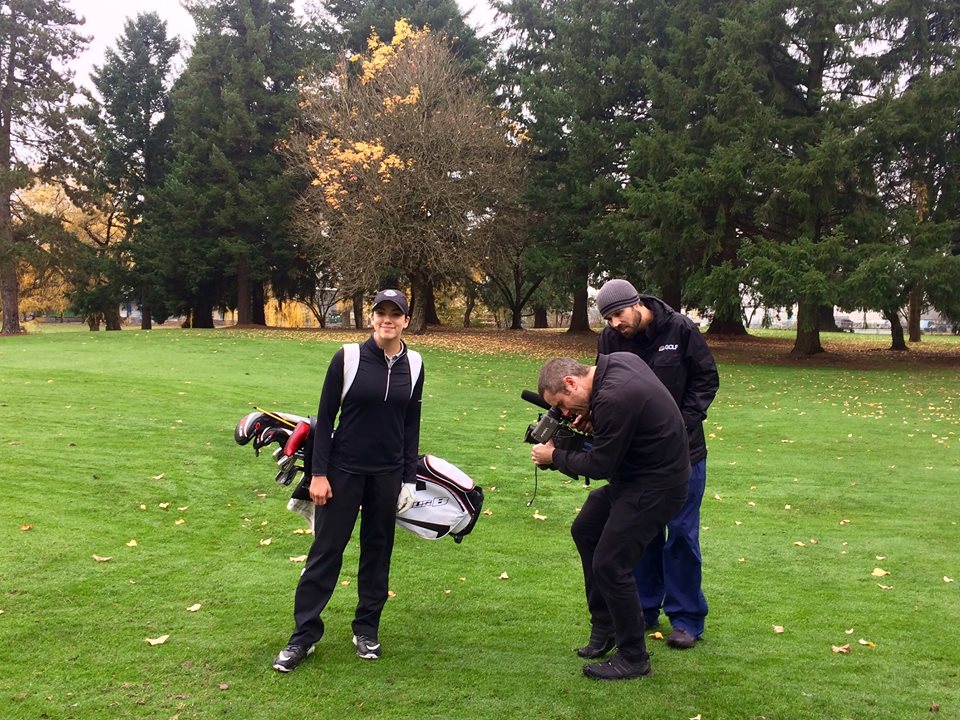
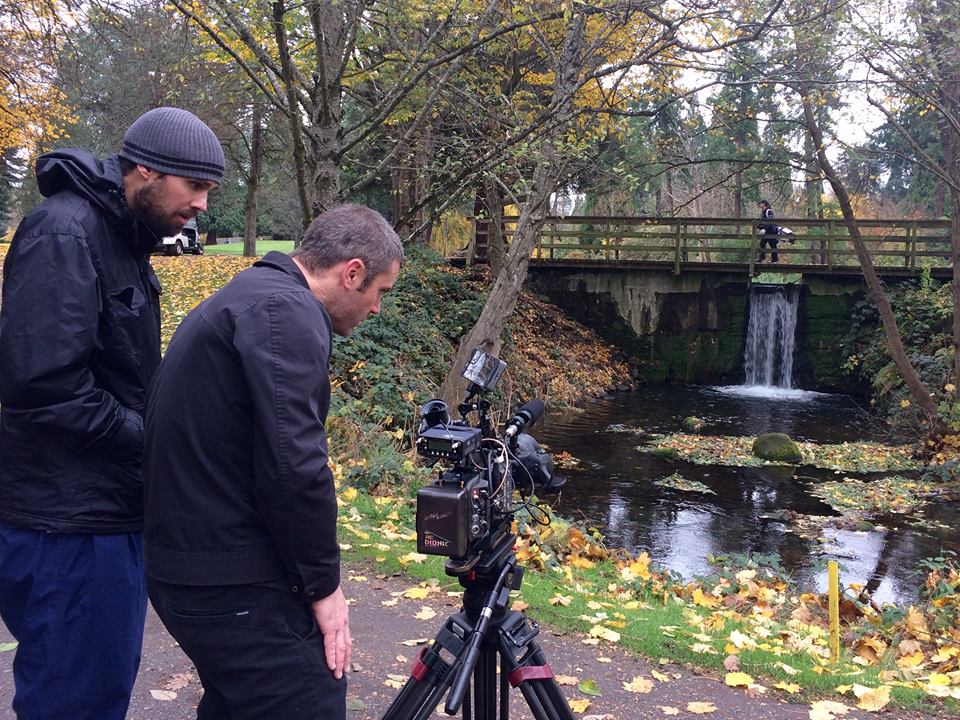
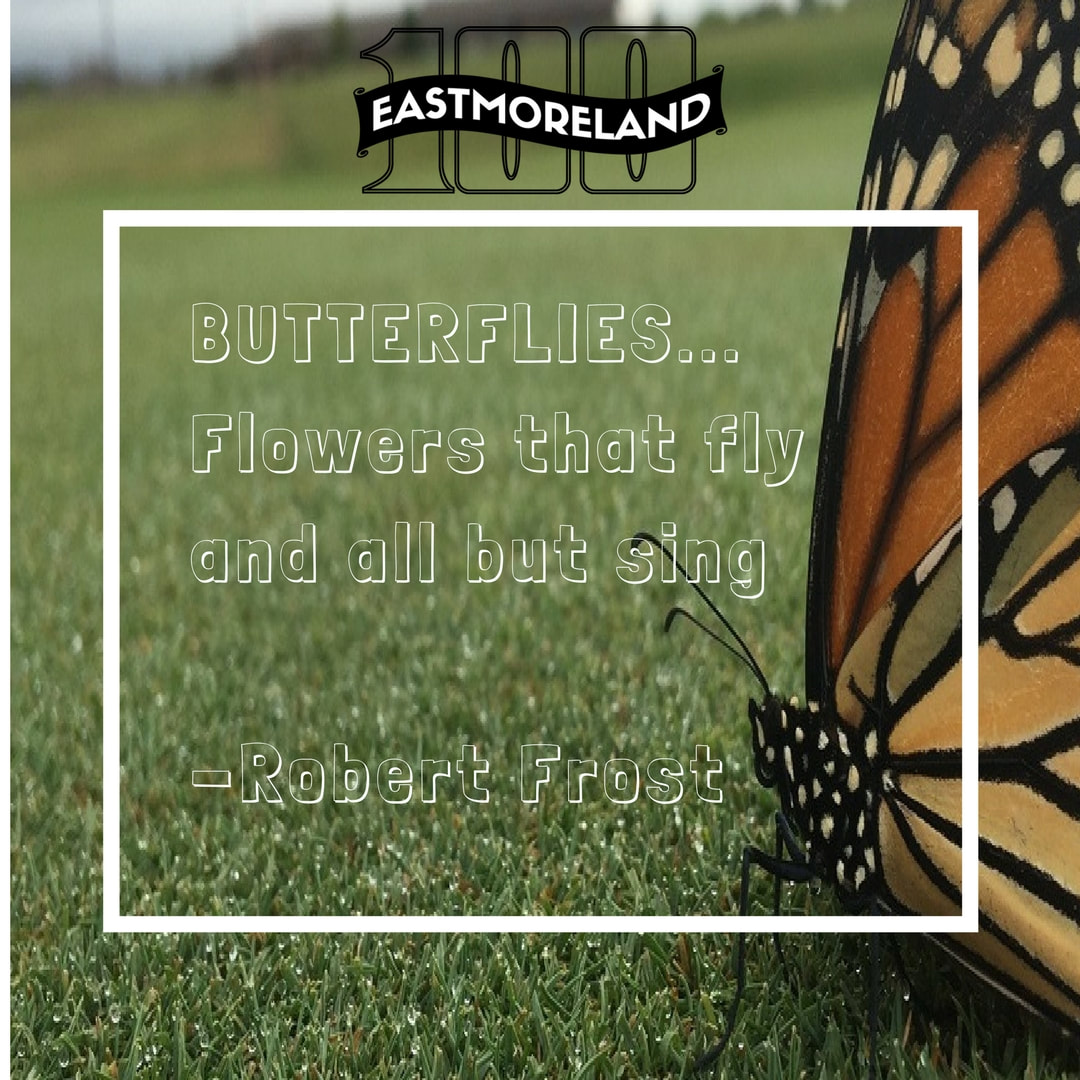
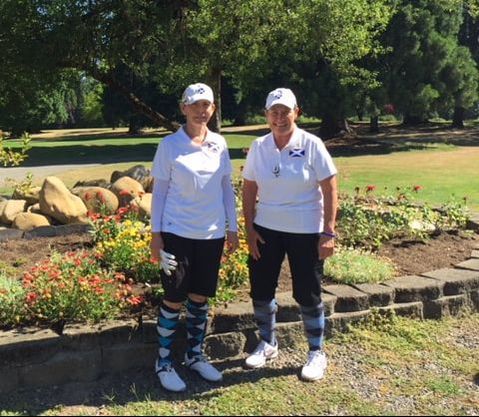
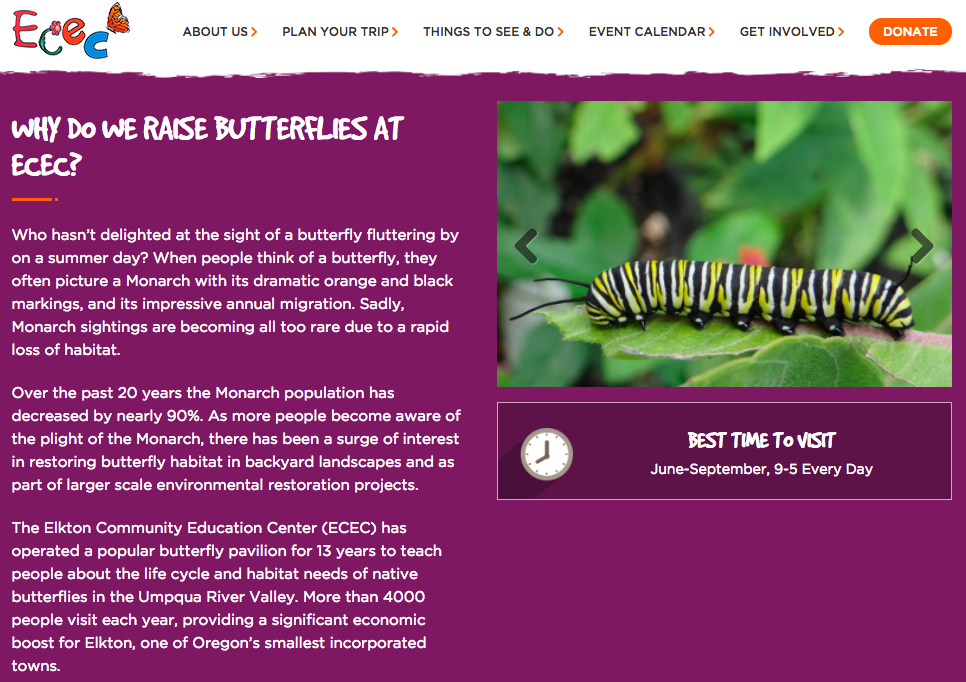

 RSS Feed
RSS Feed